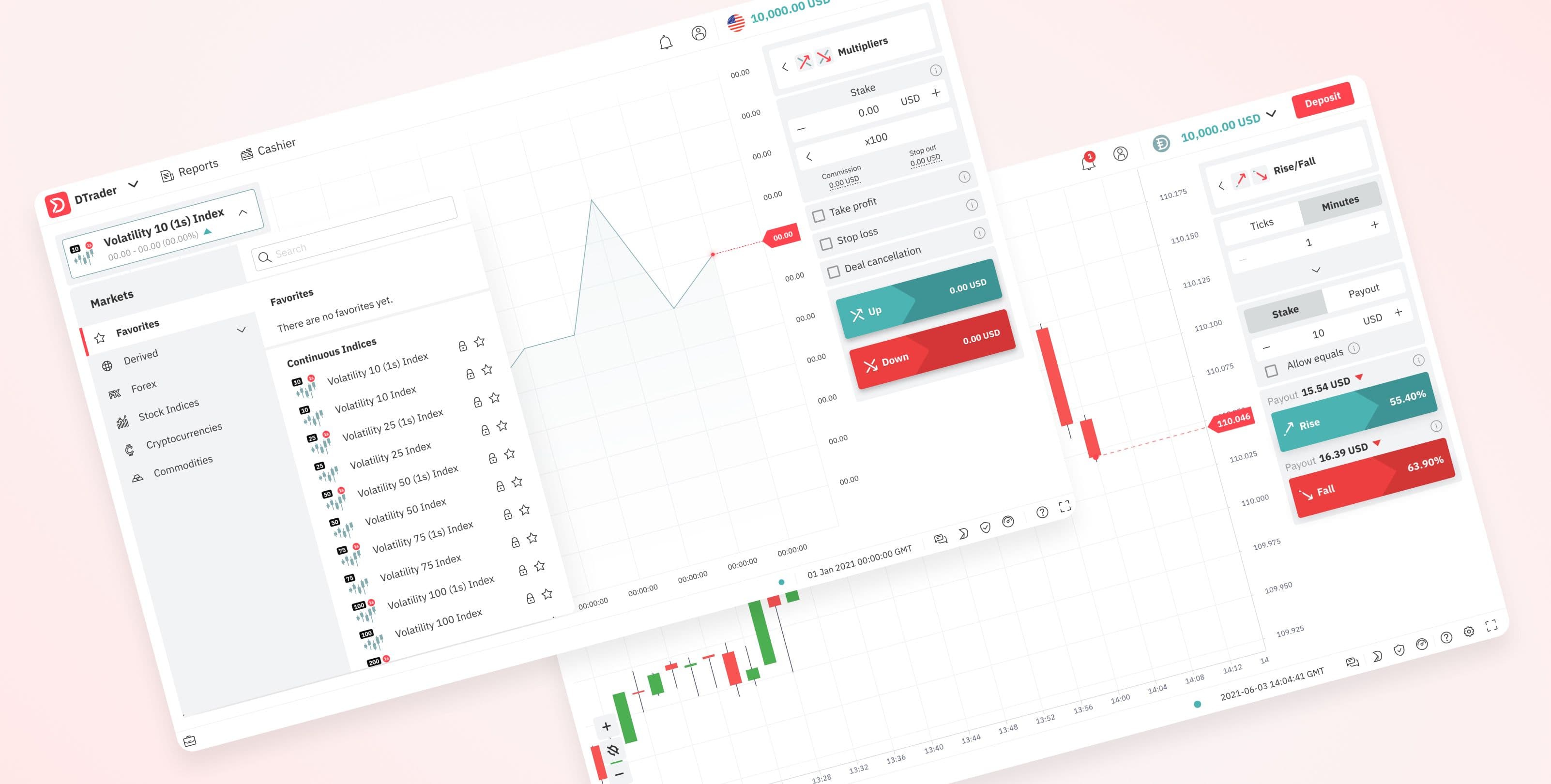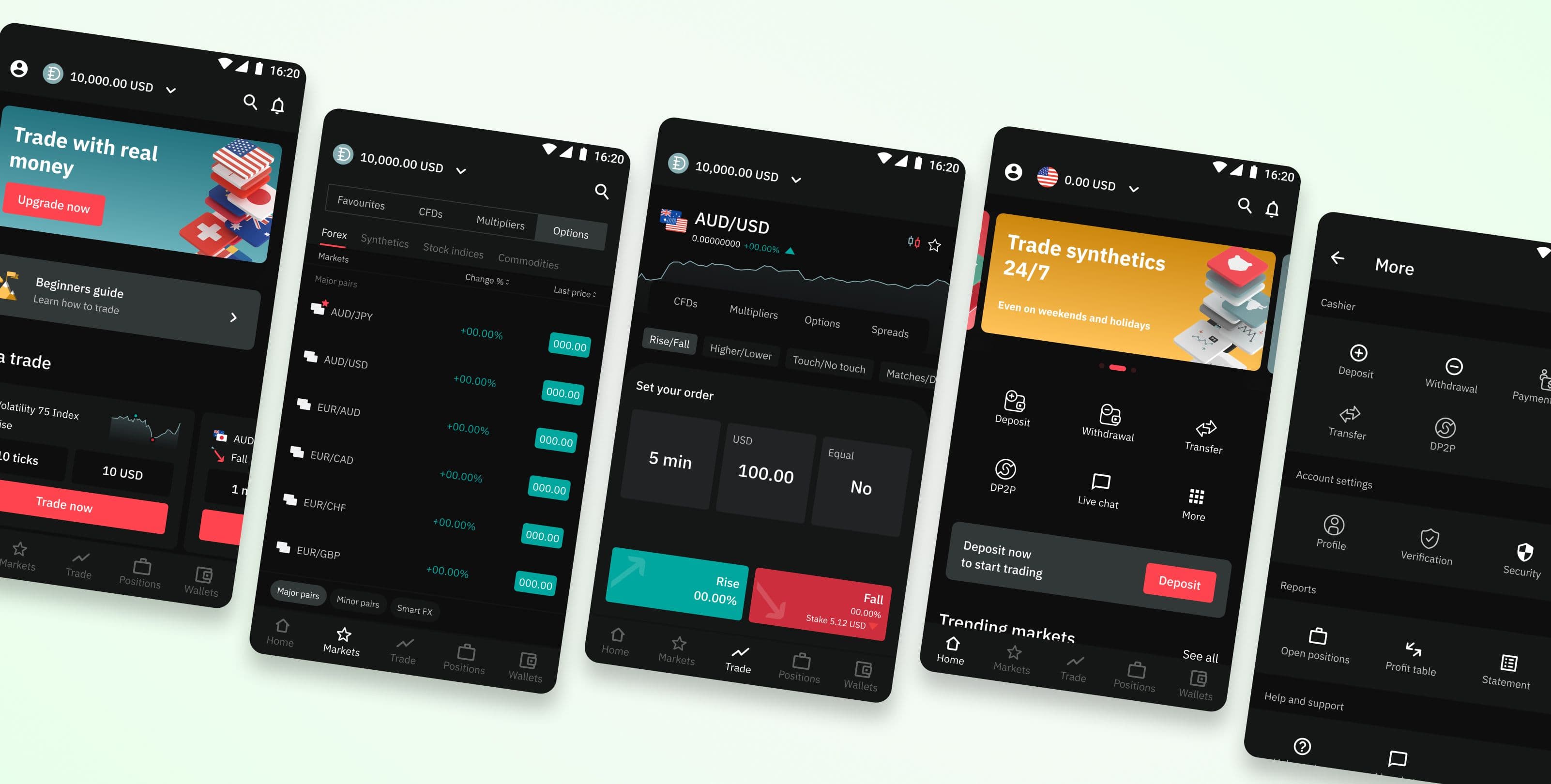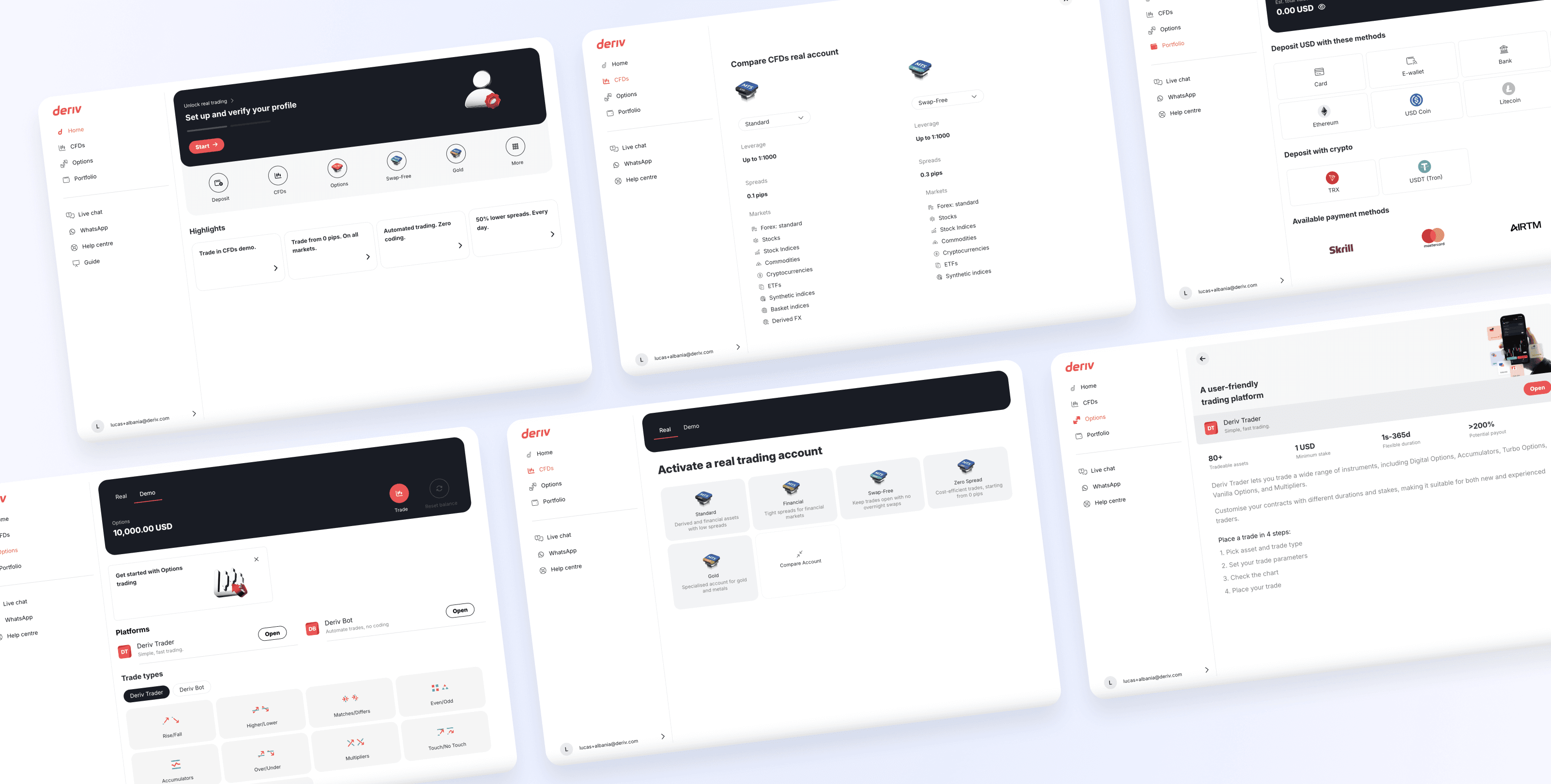Effective Design Processes
As UI/UX Manager, I created three guides that transformed how our 30+ designer team collaborates with developers and manages workflows. These systems brought consistency to a team that had grown from 4 to 30+ designers without formal processes.

My Role
As UI/UX Manager, I:
- •Conducted 2 weeks of research interviewing designers, developers, PMs, and QA
- •Created three interconnected guides totaling 120+ pages from scratch
- •Designed systems that enabled cross-functional collaboration between all teams
- •Led adoption across 30+ designers, developers, and PMs over 4 months
- •Established design operations as a core function at Deriv
The Challenge
In 2017, Deriv's design team was just 4 people. We'd sketch ideas, get feedback, build them. Simple.
By 2023, we were 30+ designers spread across 6 squads. What worked for 4 people completely broke at scale. Designers were skipping steps. Projects took twice as long as they should. Handoffs to developers turned into endless back-and-forth clarifications. The lack of process was costing us speed and quality.
The Lost Developer
A senior developer spent 30 minutes searching through Figma trying to find the "correct" login page design. He found 4 versions across different files. None had status badges. No branching system. He picked the wrong one, a work-in-progress that hadn't been approved.
The Confused Developer
A junior developer spent an entire afternoon trying to understand the fund transfer flow. The user journey was scattered across multiple files with no clear sequence. Arrows pointing everywhere. No annotations. He eventually gave up and guessed.
Research First
Before doing anything, I spent 2 weeks interviewing the team. What's confusing? Where do you get stuck? I audited our Figma files and ClickUp boards. The answer became clear: we needed written guidelines everyone could follow.
The Solution
The problem wasn't just designers. It was how designers, developers, PMs, and QA worked together. I built three interconnected guides (120+ pages total) to bridge the gaps between teams.
1. Figma Guide for Non-Designers
Problem: Developers couldn't find designs. They'd spend 30+ minutes searching or interrupt designers constantly.
2. Design Process Guide
Problem: PMs couldn't track design progress. Designers and PMs had no shared language for priorities.
What it establishes:
- 8-stage design workflow (everyone knows what's happening)
- How PMs and designers prioritize tasks together
- Design change protocol (minor vs. major changes)
- 2-sprint backlog rule for predictable planning
3. Figma Guide for Designers
Problem: Inconsistent designer practices led to 73% rework rate. Developers couldn't trust our files.
Don't want to read all three guides?
I've documented the most important highlights from these 120+ pages below.
Rolling Out Change
Developers First
Launched the Figma Guide for Non-Designers. Within 2 weeks, developers were finding designs independently. Designer interruptions dropped 80%.
PMs & Designers Together
Made the Design Process Guide mandatory. Led 5 sprint planning sessions showing PMs and designers the workflow together. Sprint planning: 4 hours → 1 hour.
Full Adoption
All three guides became part of daily workflow across all teams. The system worked because it solved real problems for everyone, not just designers.
Measurable Impact
The implementation of these comprehensive guides and processes transformed how design, development, and product teams collaborate at Deriv.
Rework Rate
73% → 8%
90% improvement
The Design Handshake protocol dramatically reduced rework cycles and miscommunication.
Design-to-Dev Efficiency
70%
Reduction in iterations
The Handshake approach and streamlined workflows enabled faster delivery without compromising quality.
Adoption Success
100%
Full team adoption in 4 months
From 60% target to 100% adoption, with teams voluntarily requesting processes and teaching new hires.
How It Actually Works
Here's what these guides actually contain and how teams use them day-to-day.
By June 2024, these three guides had become the foundation of cross-functional collaboration at Deriv. Developers found designs independently. PMs estimated design time accurately. Designers onboarded faster. The system worked because it solved real problems for everyone, not just the design team.



